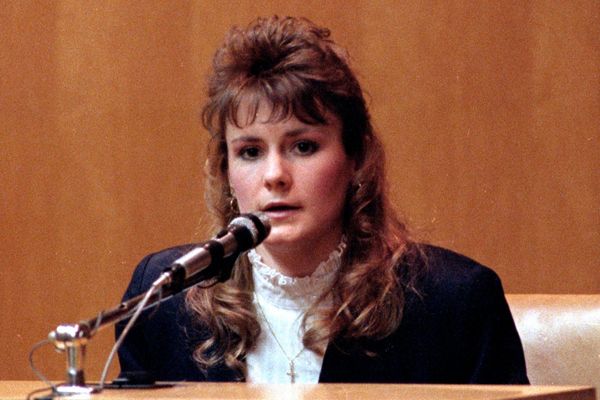
The Australian jobs market has proved resilient during the outbreak of the Omicron variant with the unemployment rate holding steady at a 13-year low of 4.2 per cent in January.
The economy still managed to create a further 12,900 jobs in the month, even at a time of turbulent economic conditions due to high COVID-19 infection rates.
The number of people employed now stands at a record 13.255 million.
"That is 259,000 more than pre-pandemic," Employment Minister Stuart Robert told reporters in Canberra on Thursday.
"Australia remains only one of a very, very small set of nations across the world that has got more of their citizens in work now than pre-pandemic."
He also noted the participation rate of people in or seeking work was the second highest on record at 66.2 per cent in January, while Minister for Women's Economic Security Jane Hume said female participation was a record 61.2 per cent.
However, there was a big 8.8 per cent drop in the numbers of hours worked during January.
Australian Bureau of Statistics head of labour statistics Bjorn Jarvis said the decline in hours worked reflected more people than usual taking annual leave and sick leave in the first two weeks of January.
"This was a period with high numbers of COVID cases associated with the Omicron variant, and considerable disruption across the labour market," Mr Jarvis said.
Australian Chamber of Commerce and Industry chief executive Andrew McKellar said the overall result will come as a welcome boost to business confidence.
"It's clear businesses have worked hard to retain their employees despite difficult circumstances, which is demonstrated by stability in the unemployment rate and further increase to jobs numbers," Mr McKellar told AAP.
"As economic activity rebounds following the Omicron wave, the labour market will continue to tighten."
Both the Reserve Bank of Australia and Treasury are predicting a jobless rate below four per cent later this year, a level not seen in some 50 years.
Falling unemployment and recent strong inflation figures have raised speculation the RBA will soon need to start raising the cash rate from its record low 0.1 per cent.
"This data ... will provide the RBA with the evidence it needs to move more rapidly in tightening interest rates," KPMG chief economist Brendan Rynne said.
However, RBA officials are keeping their cards close to their chests when it comes to the timing of a move.
Asked at a Senate hearing on Wednesday night if the cash rate could go up in the next 12 months, Dr Debelle said: "I think it is possible, I'm not sure that is inevitable."
"At some point (rates) will be higher. In the end, it is going to depend on how things evolve."
Demand for workers remains strong with online jobs platform SEEK saying it recorded the most job advertisements on its site in the company's 25 years of operation in January.
SEEK's January figures represent a 4.9 per cent rise from December and an almost 40 per cent increase compared to January 2021, before COVID-19 vaccines were available.
"We are experiencing the great job boom," SEEK ANZ managing director Kendra Banks said.
"There were increases to job ads across the board, as all states and territories experienced month-on-month and year-on-year growth, and Western Australia, Queensland and Tasmania all recorded the highest number of job ads in SEEK's history."







